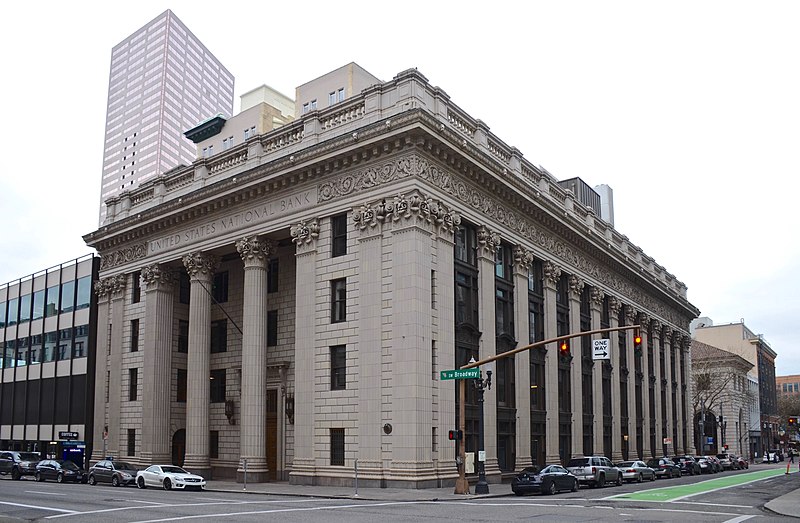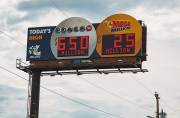
In February, prices paid by US producers saw the most significant increase in six months, driven by rising fuel and food costs, adding to the evidence that inflation remains a pressing concern.
The producer price index for final demand rose by 0.6% from January, according to data released by the Labor Department on Thursday. On a year-over-year basis, the index surged by 1.6%, marking the largest annual increase since September.
The core PPI, which excludes volatile food and energy prices, also showed an uptick, rising by 0.3% from the previous month and 2% from a year ago.
The escalation in cost pressures at the wholesale level underscores the challenges faced by Federal Reserve policymakers in their efforts to combat inflation. Recent consumer price data revealed that underlying inflation surpassed expectations for the second consecutive month, reinforcing the view that the Fed will proceed cautiously with any adjustments to interest rates.
Fed officials are scheduled to convene next week, and it is widely anticipated that they will maintain the current benchmark rate.
Additional data released on Thursday indicated that retail sales in the previous month fell short of forecasts following a sharp decline at the beginning of the year, highlighting concerns about the sustainability of consumer spending. Concurrently, applications for unemployment benefits dropped to a three-week low.
Economists closely analyze the PPI report as several categories therein contribute to the Fed's preferred inflation gauge, the personal consumption expenditures price index. The February reading of the PCE is expected later this month.
Services costs increased by 0.3% following a 0.5% rise, with notable increases observed in portfolio management and hospital outpatient care. Prices paid for goods by producers surged by 1.2%, marking the first increase in five months, with energy costs accounting for nearly 70% of the advance.
Excluding food, energy, and trade services, prices rose by 0.4% after a 0.6% increase, indicating a degree of stability in the PPI measure. Moreover, costs of processed goods for intermediate demand, reflecting earlier stages in the production pipeline, saw a notable uptick, particularly driven by energy-related increases. Photo by Steve Morgan, Wikimedia commons.











































